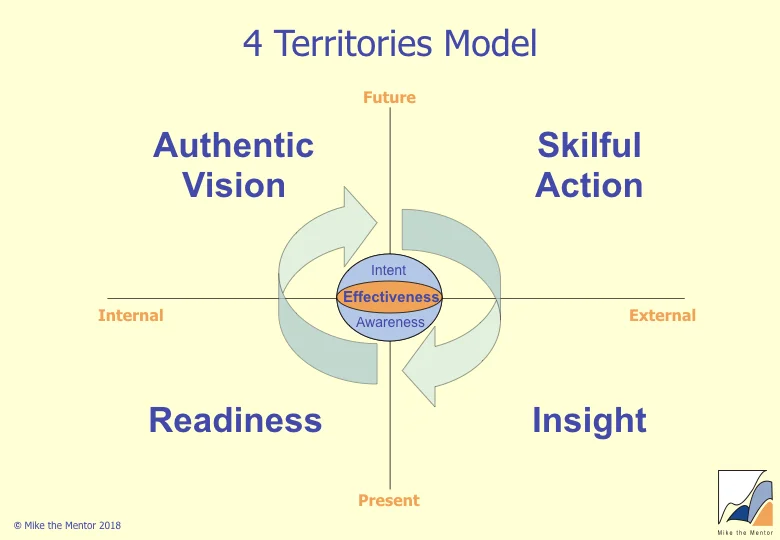Mintzberg on Managing
/Henry Mintzberg's book Managing presents a model of what managers do based on close observation of what they actually do do. As he points out, the overall purpose of managing a unit is to ensure that the unit serves its basic purpose - which of course involves the taking of effective actions. Sometimes the manager himself or herself gets to take that action - but most commonly they are one or more steps back from the action. One step back the manager encourages others to take action - by coaching, motivating, building teams, strenghtening culture, and so on. Two steps back the manager gets things done by using information to drive other people to take action. Three steps back the manager organises himself so that he can be effective. The bullets below summarise the key elements of the manager's job.
This model is useful for novice managers seeking to understand the scope of their role, and for experienced managers looking for a framework to help them refine their effectiveness by exploring their strengths and limitations as managers and so develop a better balance in their work.
The Person in the Job: Here the manager is three steps removed from the action and orients himself to be effective in his role.
- Framing the Job: how the manager sees the job and his control over it determines how a manager approaches his or her job - their preoccupations rather than their occupations.
- Scheduling the Work: which determines what the manager seeks to do and gives a signal to others about what matters.
Information Plane: On this plane the manager sits at two steps removed from the action and focuses on using information to make things happen indirectly.
- Communicating (inside and outside the unit):
- Monitoring: reaching out for every scrap of information.
- Nerve center: knowing more than anyone else about what's going on.
- Disseminating: sharing their extensive and privileged information to others in their unit.
- Spokesperson: representing the unit to the outside world, speaking on its behalf, lobbying for its causes, and keeping outside stakeholders up to date on its progress.
- Controlling (inside the unit):
- Designing: the infrastructure of the unit, through strategies, structures and systems to control the behaviour of its people.
- Delegating: identifying the need to get something done but leaving the deciding and doing to someone else.
- Designating: making specific choices, or authorizing other's decisions.
- Distributing: allocating resources as a result of decisions made.
- Deeming: imposing targets on people and then expecting them to perform appropriately.
People Plane: To manage with people, rather than through information is to move one step closer to the action but to still remain removed from it. On this plane the manager helps other people make things happen.
- Leading (inside the unit):
- Energising individuals: bringing out the energy that exists naturally within people.
- Developing individuals: coaching, training, mentoring, teaching, counseling, and nurturing the individuals in their unit.
- Building teams: bonding people into cooperative groups and resolving conflicts within and between these groups so that they can get on with their work.
- Strengthening culture: shaping the character of the unit.
- Linking (to outside the unit):
- Networking: building networks of outside contacts and establishing coalitions of external supporters.
- Representing: playing a figurehead role, representing their unit officially to the outside world.
- Convincing/Conveying: using their networks to gain support for their unit, champion its needs, lobby for its causes, promote its products, advocate for it, and have influence.
- Transmitting: passing on incoming influence to the appropriate destination within the unit.
- Buffering: managers don't just pass on information and influence, they also determine what gets passed on and how, acting as gatekeepers and buffers.
Action Plane: On this plane, the manager takes action directly.
- Doing (Internal):
- Managing projects: managers may choose to head up projects themselves to learn, to demonstrate, or because they are concerned about the outcomes.
- Handling disturbances: reacting to changes which have been forced on the unit.
- Dealing (External):
- Building coalitions: and mobilising support, and then conducting negotiations with stakeholders including suppliers, customers, partners, government, and others.

